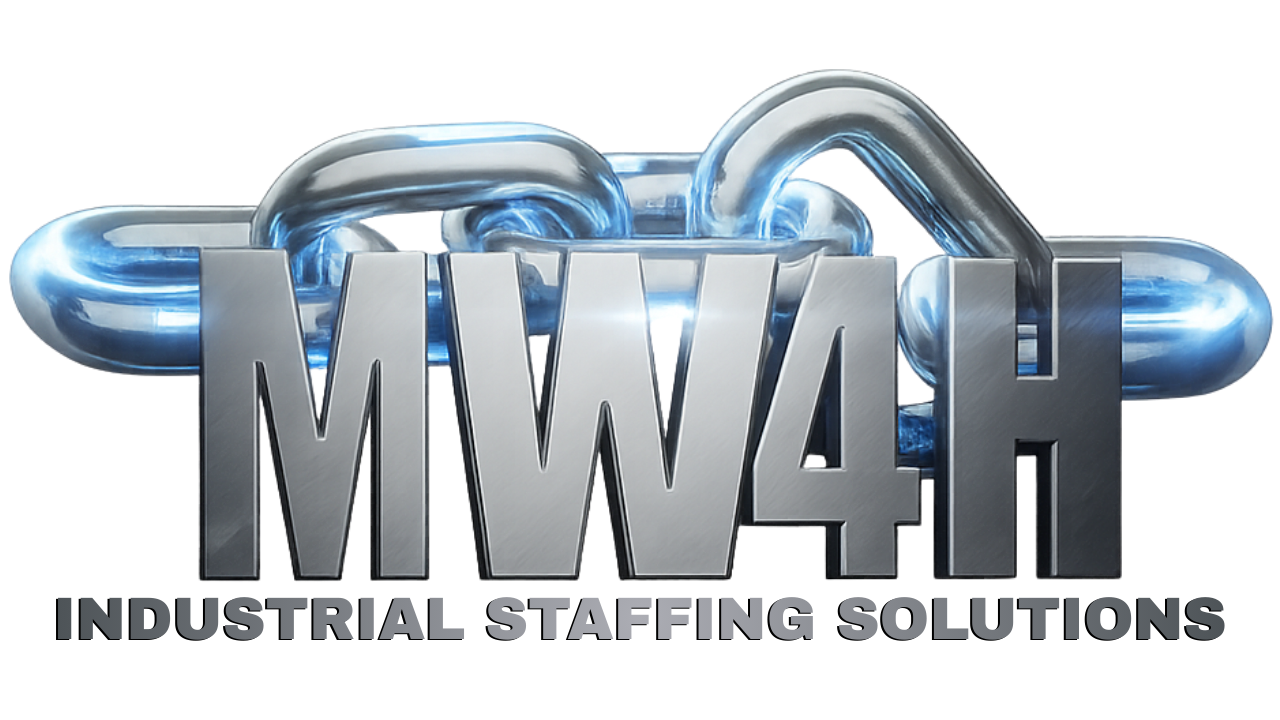



The paper industry plays a critical role in global economies, serving as a foundation for various sectors including education, packaging, publishing, and more. As a diverse and highly specialized field, maintaining consistent and high-quality production is essential for businesses within the paper sector to thrive. One of the most fundamental aspects of achieving this success is having the right workforce in place. Paper industry staffing is more than just filling positions—it’s about ensuring that the right individuals are placed in the right roles at the right time to foster operational efficiency and resilience. In this article, we will explore why robust staffing is crucial to operational continuity in the paper industry, its associated benefits, strategies to optimize staffing, and the consequences of poor staffing.
The paper industry is no stranger to challenges, which can range from global economic shifts to technological advancements and environmental concerns. A major challenge lies in the increasing demand for sustainability. Environmental regulations have become stricter, prompting paper manufacturers to adopt green practices such as reducing waste, recycling, and using renewable materials. In addition, global supply chain disruptions, fluctuating raw material prices, and international competition put additional pressure on paper mills to remain profitable while maintaining quality.
The paper industry is also highly reliant on machinery and technology. As automation becomes more prominent in the sector, ensuring the proper training of staff to manage sophisticated equipment is increasingly important. The constant need for innovation and adherence to new safety standards adds another layer of complexity to staffing requirements. Without highly trained and skilled workers, paper production can be compromised, leading to delays, quality issues, and safety risks.
Labor shortages, especially in specialized roles, are another ongoing issue in the paper industry. Many positions require specific knowledge of manufacturing processes, which may not always be easy to fill. These staffing challenges can affect both day-to-day operations and long-term planning. Given the complexity of the sector and its dependence on a skilled workforce, a strong, reliable staffing structure is vital to ensure consistent performance.
In any industry, the quality of staffing directly impacts operational continuity, but this is especially true in the paper industry, where complex processes and high demand for production efficiency intersect. Proper paper industry staffing ensures that the workforce can meet production targets, adapt to changing demands, and handle unforeseen circumstances, all while maintaining the high standards necessary for the success of the business.
One key role of staffing in maintaining operational continuity is minimizing downtime. Whether it’s equipment failure, maintenance requirements, or shifts in demand, the ability to quickly adapt and deploy the right personnel can make a world of difference in keeping operations running smoothly. A strong workforce allows for a quick response to unexpected issues, reducing the likelihood of costly production halts or slowdowns.
Moreover, well-trained employees bring a wealth of expertise that can streamline processes and increase productivity. By ensuring that workers are capable of understanding complex machinery, managing production processes, and staying up-to-date with regulatory changes, paper manufacturers can achieve operational efficiency while reducing the risk of errors or accidents. The importance of skilled employees extends beyond just day-to-day tasks; they also contribute to long-term innovation, helping companies stay competitive in a constantly evolving industry.
A well-staffed paper industry reaps numerous benefits that extend from improved operational continuity to a healthier bottom line. Let’s explore some of the key advantages of having a strong workforce in place.
Enhanced Productivity and Efficiency
A properly staffed paper industry has workers with the expertise and experience needed to execute tasks quickly and effectively. When all employees know their roles and responsibilities, production lines run more smoothly. Efficient staff can contribute to reduced downtime, optimized workflows, and faster turnaround times—all of which are vital for increasing output and profitability.
Better Adaptability to Market Changes
The paper industry faces constant fluctuations in demand, from seasonal trends to shifts in consumer behavior and technological advancements. A strong workforce is more adaptable to such changes. Skilled employees can quickly pivot to meet new market demands, whether it involves adjusting production schedules, introducing new products, or implementing new technologies.
Improved Product Quality
Consistency and quality are paramount in the paper industry. A strong staffing infrastructure ensures that quality checks are maintained, and standards are upheld at every stage of production. With the right staff in place, issues such as defects, miscalculations, or wastage are minimized. High-quality products build brand reputation and lead to customer satisfaction, thus supporting long-term profitability.
Cost Savings and Profitability
A well-staffed organization is more likely to identify inefficiencies or areas for cost reduction. Skilled employees are often able to streamline processes, reduce waste, and make smarter decisions, ultimately leading to cost savings. These savings can directly contribute to the overall profitability of the business, allowing resources to be reinvested into innovation, facility improvements, or employee development.
Stronger Safety Record
Safety is of the utmost importance in any industrial setting, but in the paper industry, where large machinery, chemicals, and heavy equipment are used, it becomes even more crucial. Having an adequately staffed team with specialized training ensures that safety protocols are followed, reducing the likelihood of accidents. A strong workforce focused on safety not only protects employees but also reduces the risk of costly workplace injuries and insurance claims.
Employee Satisfaction and Retention
Investing in staffing means investing in employees. A well-staffed paper company is more likely to have happy, motivated workers. Workers who feel supported by their employer and have the training they need are more likely to stay with the company long term, reducing turnover rates and the associated recruitment and training costs. Happy employees are more productive and contribute to a positive workplace culture.
To achieve the benefits outlined above, businesses must adopt specific strategies to ensure that their staffing needs are met. Here are some approaches to consider:
Invest in Training and Development
A critical component of effective staffing is training. Offering continuous learning opportunities helps employees stay current with industry trends, regulations, and technology. Specialized training ensures that employees are capable of operating complex machinery and troubleshooting problems when they arise. A culture of learning also boosts morale and prepares the workforce to handle future industry shifts.
Recruitment of Skilled Labor
Recruiting skilled workers is essential in the paper industry, especially for specialized roles such as machine operators, engineers, and maintenance staff. Recruiting from industry-specific job boards or partnering with educational institutions offering paper science or related programs can help attract qualified candidates. Additionally, creating strong internship and apprenticeship programs can help develop talent from within.
Embrace Technology and Automation
Automation is transforming the paper industry, but its integration requires a skilled workforce that understands how to operate new technologies effectively. Embracing automation to streamline processes, while ensuring staff members are adequately trained, ensures that the workforce remains efficient, innovative, and capable of tackling more advanced tasks.
Foster a Collaborative Work Environment
Effective communication and collaboration are key components of a strong workforce. Encouraging cross-departmental collaboration, regular feedback, and an open-door policy between management and employees can foster a supportive and productive work environment. When employees work well together, it leads to higher morale and a more cohesive production process.
Implement Succession Planning
Succession planning is crucial for ensuring operational continuity. As experienced workers retire or move on to other opportunities, having a plan in place to fill these roles with qualified candidates ensures that knowledge and skills are not lost. Identifying and nurturing potential leaders within the organization helps maintain staffing stability in the long term.
When staffing in the paper industry is inadequate or poorly managed, it can have a profound negative impact on operational continuity. Here are a few consequences of poor staffing:
Increased Downtime
Understaffing or having employees who are not properly trained can lead to production delays. Lack of sufficient personnel can result in slower problem-solving, difficulty managing the workload, and inability to handle unexpected events, leading to prolonged downtime.
Lower Product Quality
Without the right staff, quality assurance can fall by the wayside. Mistakes made by unskilled workers, insufficient checks, or lack of maintenance can lead to defects, impacting customer satisfaction and trust.
Higher Operational Costs
Inadequate staffing often results in inefficiencies. Staff members may be overworked, leading to burnout and mistakes, which require additional resources to fix. Moreover, poor staffing can lead to higher turnover rates, which incurs costs related to recruitment and training.
Decreased Safety
Inadequate staffing or lack of proper training increases the risk of workplace accidents. When employees are overloaded or untrained, they may cut corners or fail to follow safety protocols, leading to higher accident rates and potential legal and financial repercussions.
Maintaining operational continuity in the paper industry hinges largely on the strength and quality of staffing. A well-trained, skilled workforce ensures that production remains efficient, adaptable, and capable of meeting high standards in an ever-changing industry. By focusing on effective staffing strategies, businesses can enjoy benefits such as increased productivity, cost savings, and stronger employee retention. On the other hand, poor staffing leads to significant risks including increased downtime, quality issues, and higher operational costs. Ensuring that the right people are in the right roles at the right time is critical for the ongoing success and competitiveness of any paper manufacturing business. Paper industry staffing is not just a managerial function; it is a foundational element that impacts every aspect of the organization, from the factory floor to the executive suite.